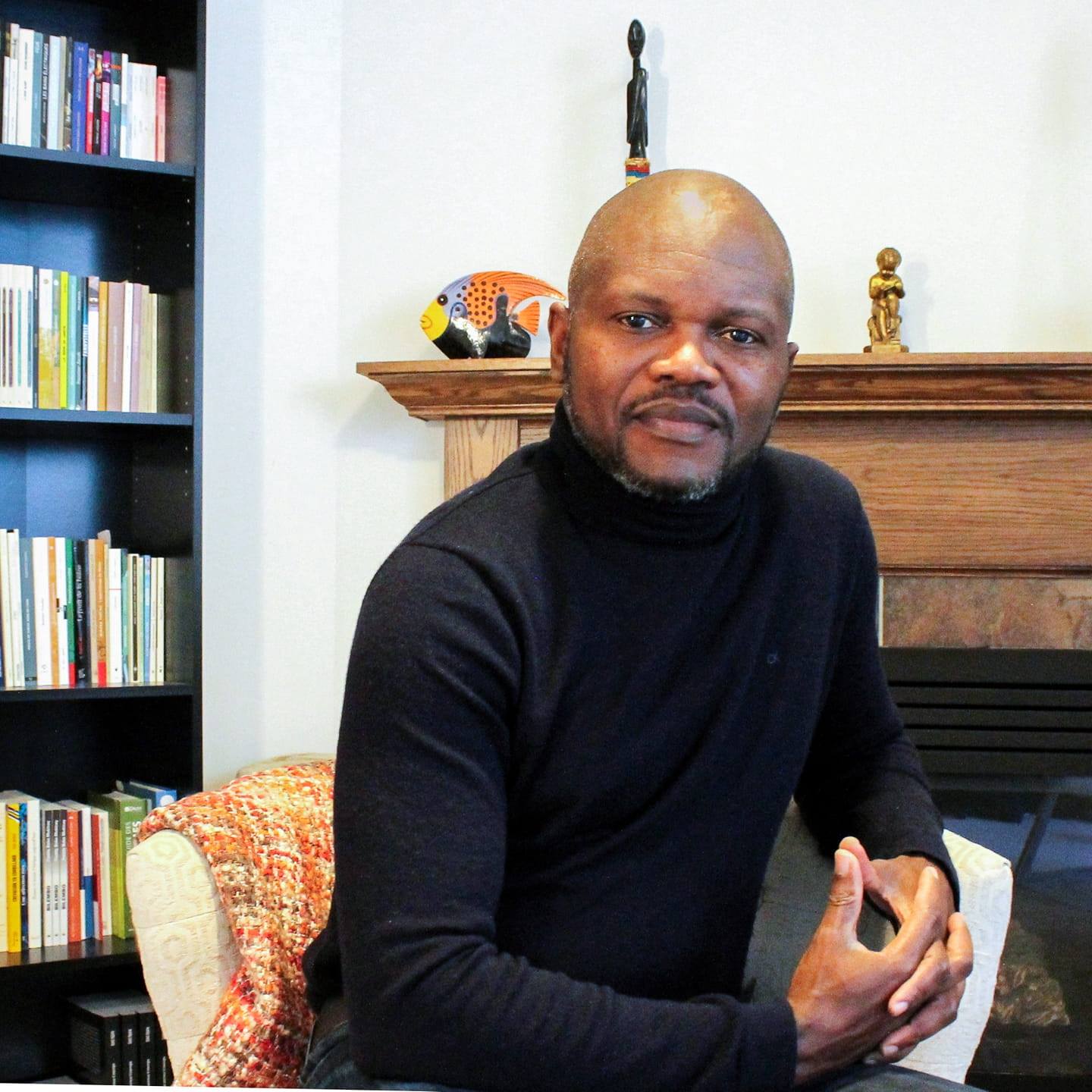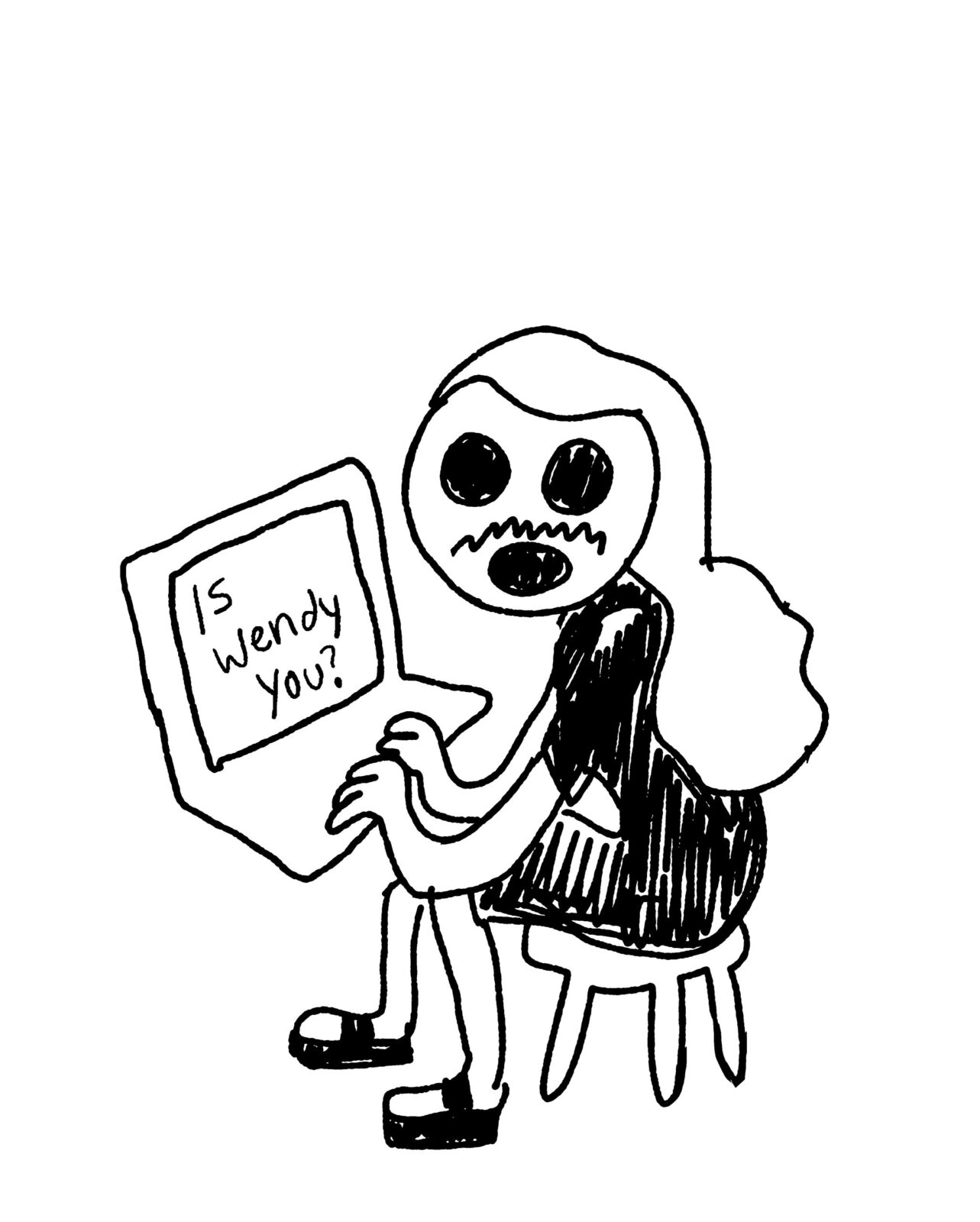A typical writing day? I wake up and go for a walk. I pace out my plots on pavement. I contemplate the concrete while characters hold conversations in my head – occasionally with me but fortunately, most often, with each other. And to improve an awkward sentence, there is no better method than to let the rhythm of my steps dictate the poetry in my prose.
My first venture into the world, however, is more functional. I need to clear my head, decide what I am working on that day, and get a coffee. Mile-End, the neighbourhood just north of my apartment, provides a perfect twenty-minute walk (return trip) and good, strong Italian espresso. In addition to the Gauloise-smoking artists, dreadlocked bohos, and slacker students who populate the streets, it is also home to a tightly knit community of Hassidic Jews.
Women stand in groups, arms linked, or push strollers on the sidewalk. The men often look as though they are racing somewhere, chests pushed out as if trying to cross the finish line. If it rains, they tie plastic shopping bags around their black hats. They dislike dogs. I’ve seen them cross the street to avoid a cocker spaniel.
Once home, coffee in hand, I’m set for a couple of hours of work. At some point I will be compelled to move again. This usually happens under one of three circumstances: I am stuck and need to rouse myself in order to work out my ideas; I am struck by panic, thinking “What the hell am I doing? I’m not a writer!” I’m sunk low in my chair, shoulders hunched forward, a slump in my lower back. Time to get out.
Montreal is a walking city. Edmonton, where I was born and raised, is not. True, Edmonton offers an inexhaustible sky that leaves space for a thousand thoughts. And there is that stretch along Whyte Avenue where cafés, bars, and bookstores provide a nice little promenade. But soon enough I end up on a wide street with traffic whizzing by or in a residential neighbourhood so quiet I can’t help but think “ghost town.” The voice in my head drops to a whisper.
During a recent visit I went for a walk in my parents’ neighbourhood, which is primarily middle class, but close enough to the city centre not to be too suburban. In twenty or so city blocks I saw only one person who was not in a car – an older man raking the leaves on his front lawn. When he noticed me he leaned on his rake and said “Nice day we’re having.” I said “Yes,” and we exchanged a few more pleasantries. The interaction was agreeable enough, but since I hadn’t seen another human being for the better part of an hour I couldn’t shake the surreal feeling that this man was like a character in a fairy tale, blocking my passage until I had answered a riddle.
Montreal provides a labyrinth of busy streets to explore, and after the somewhat “emptying” experience of writing, what could be better than stepping outside and having your senses filled with the sight of a certain slant of light through summer trees, the smell of Coco Rico chicken on St-Laurent (and I’m a vegetarian!), or the sounds of so many different languages? On my street alone I can easily hear French, Greek, and Portuguese within one block. When I walk, sometimes these languages blur into a comforting background noise as I sort out my thoughts, but just as often I’ll hear a good-natured “Sacrement!” as someone digs her car out of a snowbank.
Chinese writer and revolutionary Lu Xun said, “As people are walking all the time, in the same spot, a path appears.” As a writer I find that when I walk streets so many others have walked before me, the path that appears is clarity in my prose. Many is the time I’ve needed to pace around my block in order to come back home and write what I couldn’t have written if not for my walk.
My strolls can take me in any direction. I like to follow Mont-Royal east until it just seems to end. Or I go a bit north to the covered strip mall on St-Hubert, which has an odd collection of shops dominated by stores catering to weddings. One window display has hundreds of white satin shoes to choose from. This winter the mall had the most impressive displays of holiday decoration. Strings of lights hung down from the trees that lean over the street, creating a sky filled with red and blue, stars almost close enough to touch.
Sometimes I head west towards NDG, though this is a much longer walk and therefore only taken when I have an especially difficult problem to work out, or a particularly stiff back. If I’m lucky I make it all the way to Marché Akhavan and stock up on their olives with kalonji seeds. Dark and sharp-cornered, these seeds are often confused with black cumin or caraway, but are actually the seeds of the Love-in-a-Mist plant. Their slightly bitter taste and crunchy texture mixes well with the salty soft olives and I often finish half the bag on my way home. Ready to work again.
Walking for inspiration is not new. In ancient Greece, Aristotle’s followers were called the Peripatetics (meaning “the ones walking about”) because he discoursed with students while strolling in the Lyceum gardens in Athens. More recently, Rebecca Solnit observes in her book “I sat down one spring day to write about walking and stood up again, because a desk is no place to think on the large scale.” Educators reaching young people with learning disabilities have discovered that the students can benefit by “walking a paper.” In her article “Walking, Tinkertoys, and Legos: Using Movement and Manipulatives to Help Students Write,” Linda Hecker outlines how the students “walk their ideas across a room, changing directions to indicate changes in the logic of the argument.”
Perhaps where you walk and how you walk does have specific effects on what you write. Striding along busy Ste-Catherine will have a different impact than a hike up the mountain.
Personally, I prefer Mount Royal. I remember being in a car with two British Columbians, driving up avenue du Parc, when one girl pointed and observed “The mountain is all fogged in.” The other squealed, “That’s the mountain?” She had lived in Montreal for six months and had kept wondering where this “mountain” that everyone talked about was. Her confusion is excusable – after all, her point of reference is the Rockies. But on a humid July day I am thankful to leave my desk and amble up the gentle slope of Mount Royal, finding smaller paths that lead to moments where the city is totally forgotten. No cars can be seen and the only sound is of squirrels rustling in the underbush. I sit on a rock and suddenly I know what I have to do in the story I’m working on. Sometimes I jog all the way home. It’s time to get back to the writing.
A typical writing day: I stroll through the streets of Montreal and somehow, thankfully, words appear on the page. mRb






0 Comments